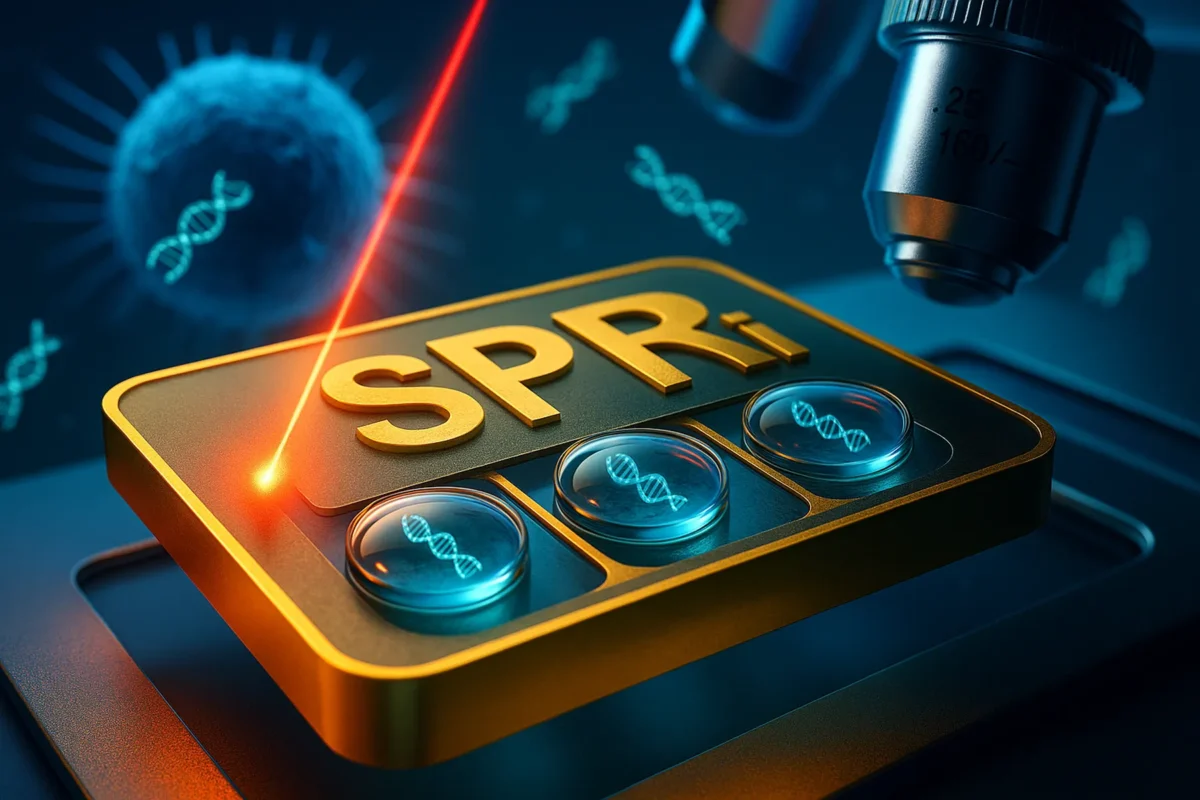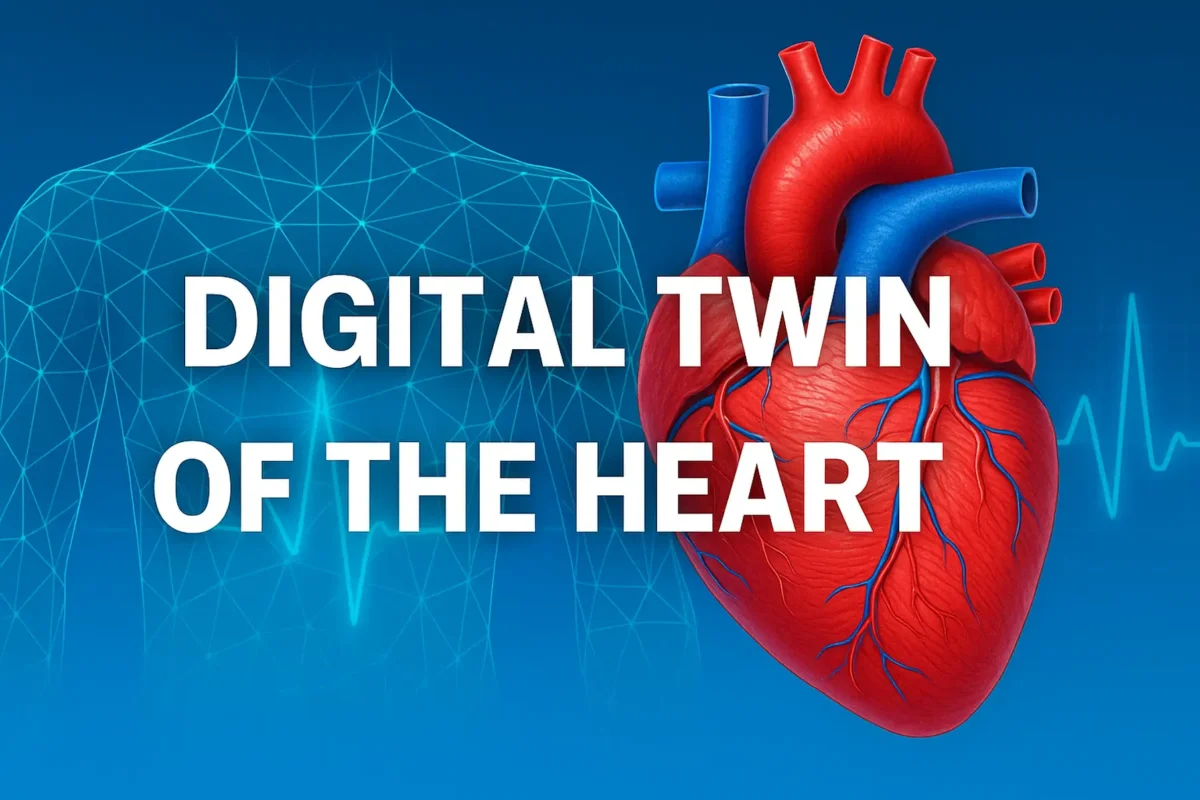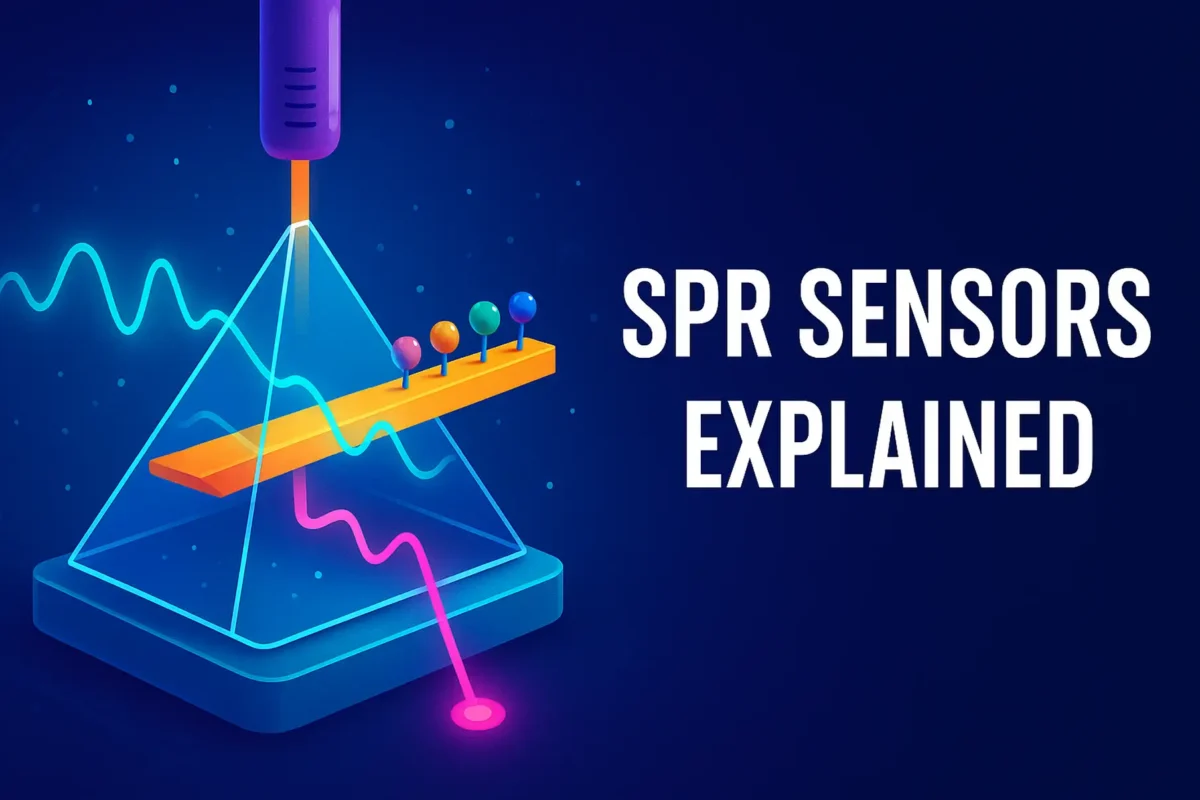Introduction Surface plasmon resonance (SPR) sensors have emerged as a critical innovation in the landscape of food safety and quality control. Defined as a label-free, real-time optical biosensing technique, SPR functions by detecting refractive index changes near a sensor surface, typically a gold film, allowing precise identification of biomolecular interactions. Its relevance in food safety […]










